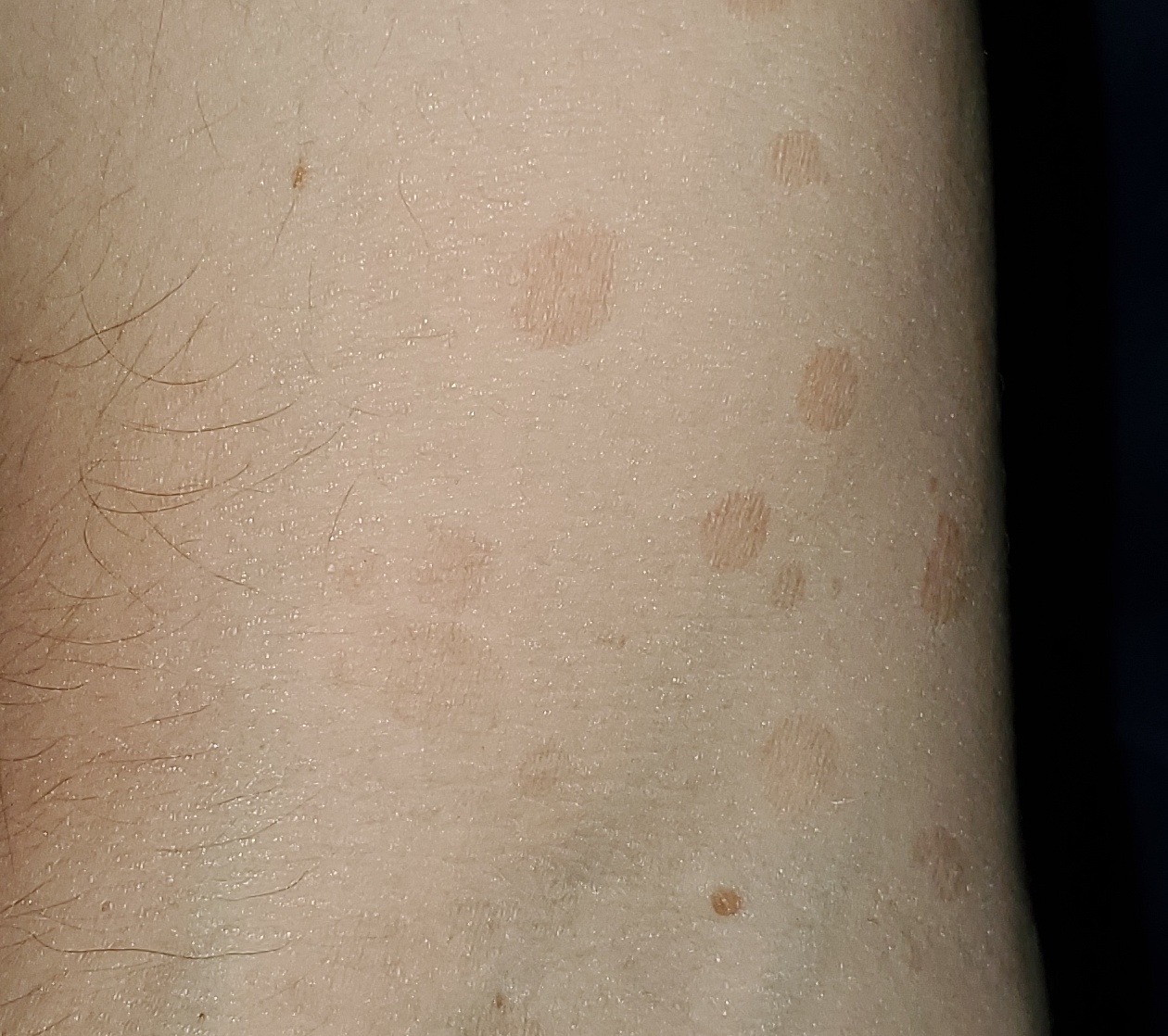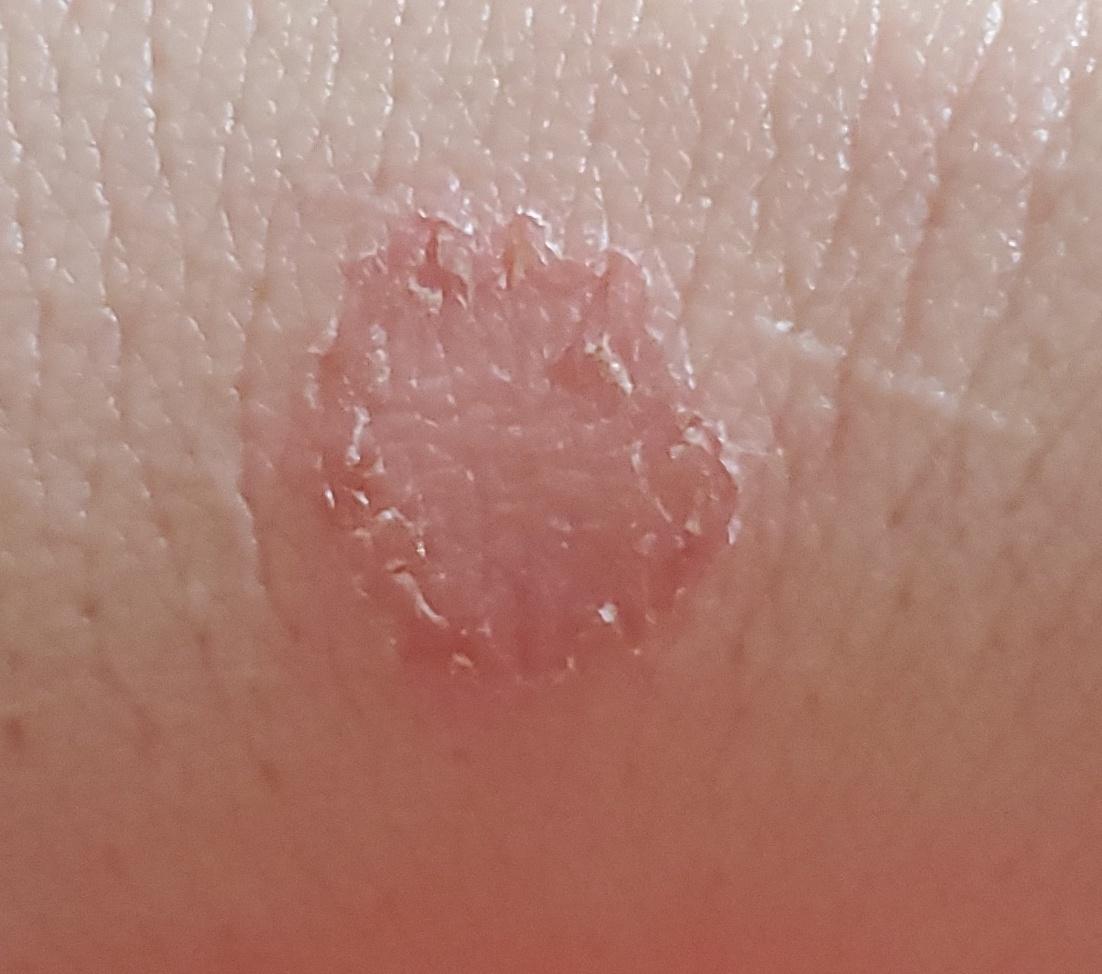Mycoses are caused by fungi that penetrate the skin, nails or mucous membranes. As a result, various diseases of the skin, hair and nails develop, such as ringworm, onychomycosis, variegated lichen planus, yeast infections and others. The severity and contagiousness of mycosis depends on the nature of the infectious agent and the extent to which the human body is affected.
⚠️ Medium risk: Pityriasis versicolor is a fungal skin disease, but it is not highly contagious and does not cause severe skin damage. Decide on a tactic after seeing a dermatologist.
🚨 High risk: Fungal infections of smooth skin, hair and nails are usually not dangerous but can cause discomfort, itching and skin irritation. A number of infections are highly contagious and epidemiologically dangerous. In some cases, if left untreated, mycoses can lead to complications or spread to other parts of the body.
💊 Treatment: Treatment and diagnosis of fungal infections depend on the specific type and location of the infection. In most cases, it is recommended to see a dermatologist or health care provider for proper diagnosis and treatment. The urgency depends on the severity of symptoms and the presence of comorbidities.
💡 Skin Self-Exams tips: Skin self-examination rules for fungal infections include observing any changes on the skin, nails, or mucous membranes. Look for signs such as redness, itching, flaking, cracking, or unusual discharge. Do these checks regularly, especially if you have a history of fungal infections or are at increased risk due to factors such as diabetes or a weakened immune system. If you notice any changes, see your doctor immediately.
In this chapter, you’ll learn all about mycoses of the skin, hair, and nails: learn about causes, symptoms, and treatments. Take advantage of expert advice on prevention and treatment strategies. If you’re dealing with an itchy scalp, brittle nails, or a fungal rash, find solutions to help you get your skin, hair, and nails back to health.




